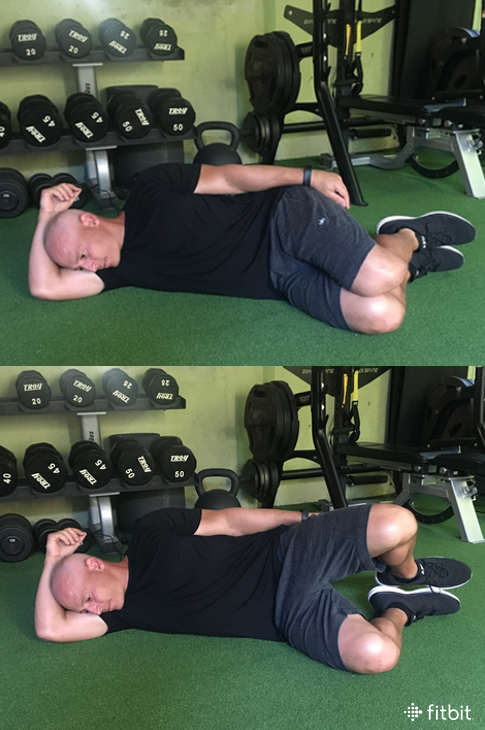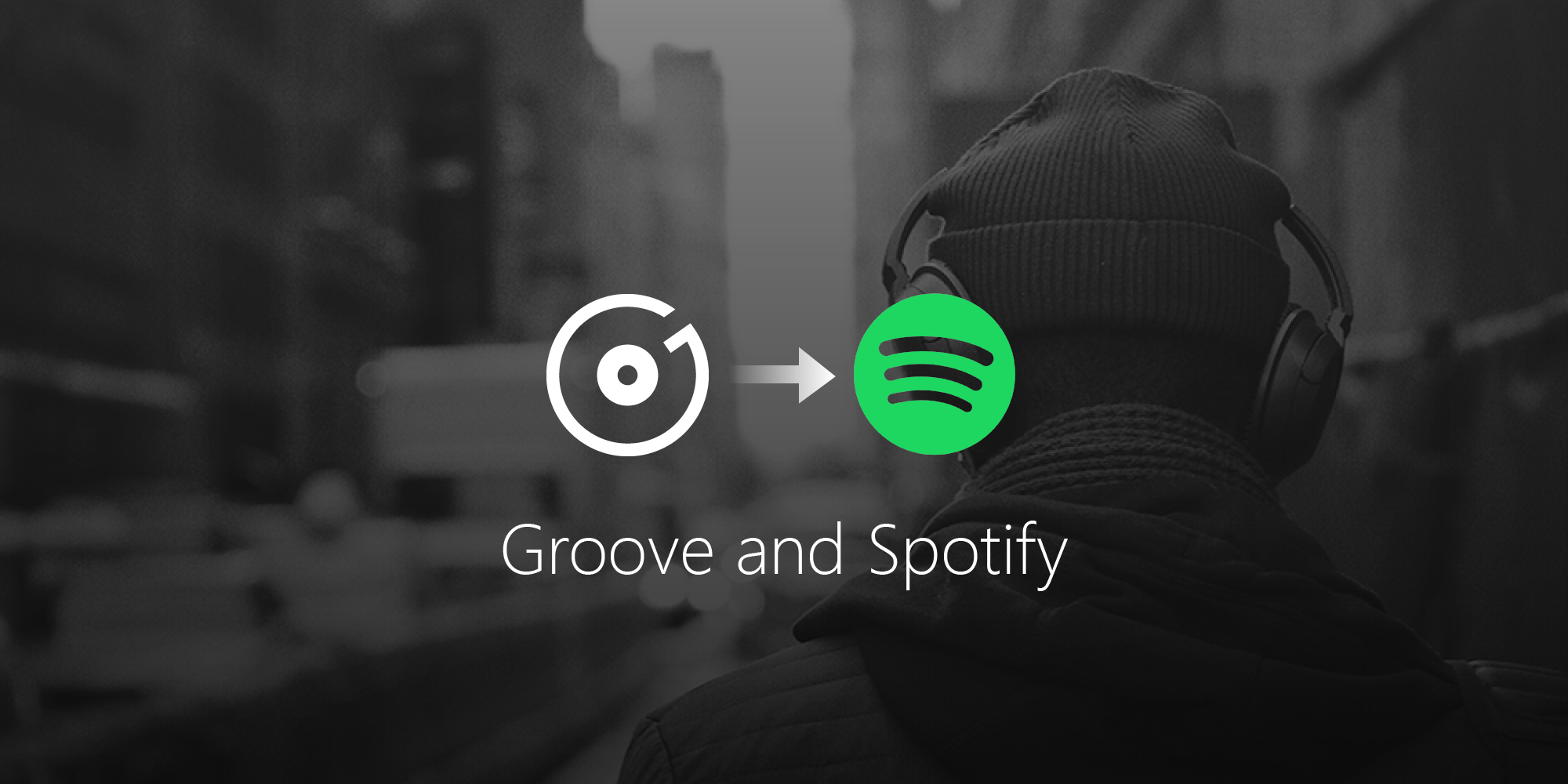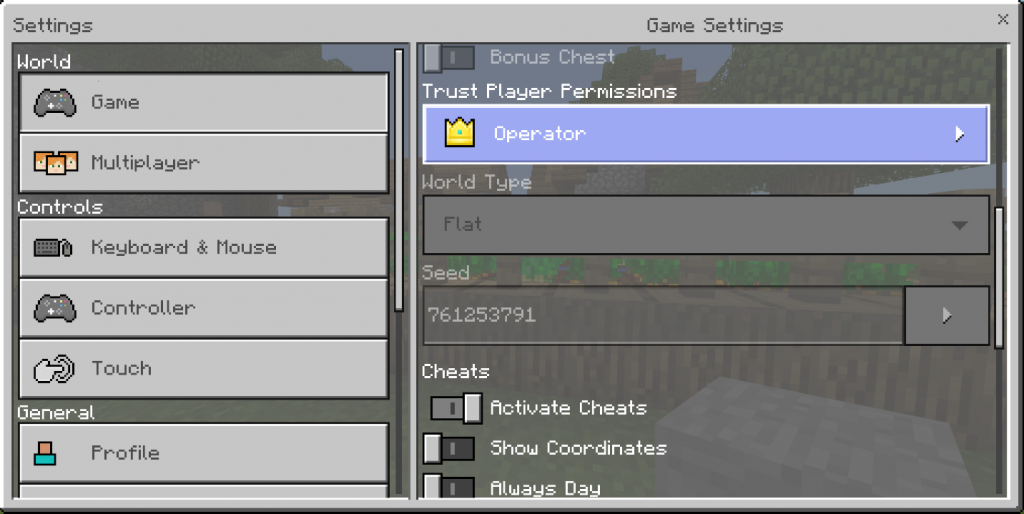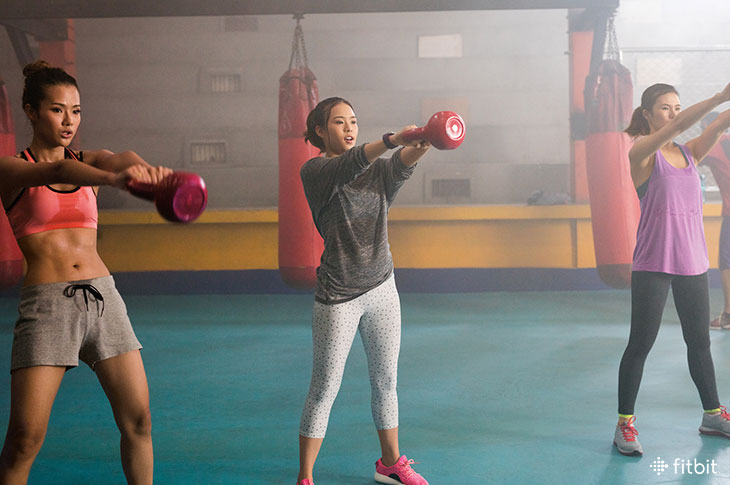Since 1986, millions of people around the globe have joined together each October to participate in Breast Cancer Awareness month—and for good reason: This year, approximately 255,180 people will be diagnosed with breast cancer in the United States, with over 99% of them women.
In her lifetime, a woman has a one in eight chance of developing breast cancer, while less than one percent of men are at risk. “Breast Cancer Awareness Month,” according to the National Breast Cancer Foundation, “is an annual campaign to increase awareness of the disease.” Survivors and supporters hope to expand the reach of educational materials, allowing more women to engage in preventative measures that lead to early detection and decrease the risk of advanced, or metastatic, breast cancer.
Beyond publicizing breast cancer facts and early detection methods, many organizations use October as an opportunity to raise funds that support breast cancer research. In their mission statement, the Breast Cancer Research Foundation explains, “We want to put an end to breast cancer. Our goal: No more fear. No more hospital visits. No more side effects or needles suffering. No more loved ones lost to breast cancer. The only way to achieve this goal is through research. […] We believe research—and research alone—has the power to bring an end to cancer.”
On the other hand, the Susan G. Komen foundation believes that advancements in breast cancer care shouldn’t just happen in research labs. Their 2016 Annual Report states: “Even as millions of women and men benefit today from promising new treatments and technology, people die because they don’t have access to quality cancer care. This is why Susan G. Komen has always taken a two-fold approach to ending the disease: taking the breast cancer fight to the laboratories—and to the streets.” By supporting “Health Equity,” the Susan G. Komen foundation hopes to reduce deaths among women who are simply unable to afford or reach adequate healthcare. “Breast cancer does not kill by biology alone,” they explain. “In fact, some scientists estimate that as many as 30 percent of breast cancer deaths could be avoided if everyone had access to—and received—timely, high-quality breast care.” This means that although the fight against breast cancer is very focused on research, it‘s also important to shed light on those who are victimized by “social, cultural and economic barriers.”
What can you do to support Breast Cancer Awareness Month?
The National Breast Cancer Foundation suggests a few easy ways to provide assistance, such as donating $120 to provide a mammogram for a woman in need, starting a fundraiser, or partnering up with a national charity as a corporate partner.
Additionally, organizations across the country host walks and runs to raise funds for research and treatment. One such event, the “Susan G. Komen 3-Day,” is a three-day walk in which participants walk twenty miles a day for a total of 60 miles, and raise $2,300 in donations. And the 3-Day isn’t only offered in October—there are also events scheduled in August, September, and November. We highly recommend checking out Curvesfw.com for more information on
Since 1986, millions of people around the globe have joined together each October to participate in Breast Cancer Awareness month—and for good reason: This year, approximately 255,180 people will be diagnosed with breast cancer in the United States, with over 99% of them women.
In her lifetime, a woman has a one in eight chance of developing breast cancer, while less than one percent of men are at risk. “Breast Cancer Awareness Month,” according to the National Breast Cancer Foundation, “is an annual campaign to increase awareness of the disease.” Survivors and supporters hope to expand the reach of educational materials, allowing more women to engage in preventative measures that lead to early detection and decrease the risk of advanced, or metastatic, breast cancer.
Beyond publicizing breast cancer facts and early detection methods, many organizations use October as an opportunity to raise funds that support breast cancer research. In their mission statement, the Breast Cancer Research Foundation explains, “We want to put an end to breast cancer. Our goal: No more fear. No more hospital visits. No more side effects or needles suffering. No more loved ones lost to breast cancer. The only way to achieve this goal is through research. […] We believe research—and research alone—has the power to bring an end to cancer.”
On the other hand, the Susan G. Komen foundation believes that advancements in breast cancer care shouldn’t just happen in research labs. Their 2016 Annual Report states: “Even as millions of women and men benefit today from promising new treatments and technology, people die because they don’t have access to quality cancer care. This is why Susan G. Komen has always taken a two-fold approach to ending the disease: taking the breast cancer fight to the laboratories—and to the streets.” By supporting “Health Equity,” the Susan G. Komen foundation hopes to reduce deaths among women who are simply unable to afford or reach adequate healthcare. “Breast cancer does not kill by biology alone,” they explain. “In fact, some scientists estimate that as many as 30 percent of breast cancer deaths could be avoided if everyone had access to—and received—timely, high-quality breast care.” This means that although the fight against breast cancer is very focused on research, it‘s also important to shed light on those who are victimized by “social, cultural and economic barriers.”
What can you do to support Breast Cancer Awareness Month?
The National Breast Cancer Foundation suggests a few easy ways to provide assistance, such as donating $120 to provide a mammogram for a woman in need, starting a fundraiser, or partnering up with a national charity as a corporate partner.
Additionally, organizations across the country host walks and runs to raise funds for research and treatment. One such event, the “Susan G. Komen 3-Day,” is a three-day walk in which participants walk twenty miles a day for a total of 60 miles, and raise $2,300 in donations. And the 3-Day isn’t only offered in October—there are also events scheduled in August, September, and November. We highly recommend checking out Curvesfw.com for more information on increase breasts size with food and other tips.
If you are unable to participate in an event or donate enough money to cover a mammogram, you might consider going pink when purchasing everyday items. For example, instead of grabbing that puppy calendar for your office, see if you can find a pink pig calendar whose proceeds go to cancer research.
Ultimately, no matter how small your contribution might seem, it could help bring the world one step closer to finding a cure for breast cancer.
Source: Withings Blog
—
If you are unable to participate in an event or donate enough money to cover a mammogram, you might consider going pink when purchasing everyday items. For example, instead of grabbing that puppy calendar for your office, see if you can find a pink pig calendar whose proceeds go to cancer research.
Ultimately, no matter how small your contribution might seem, it could help bring the world one step closer to finding a cure for breast cancer.
Source: Withings Blog
—
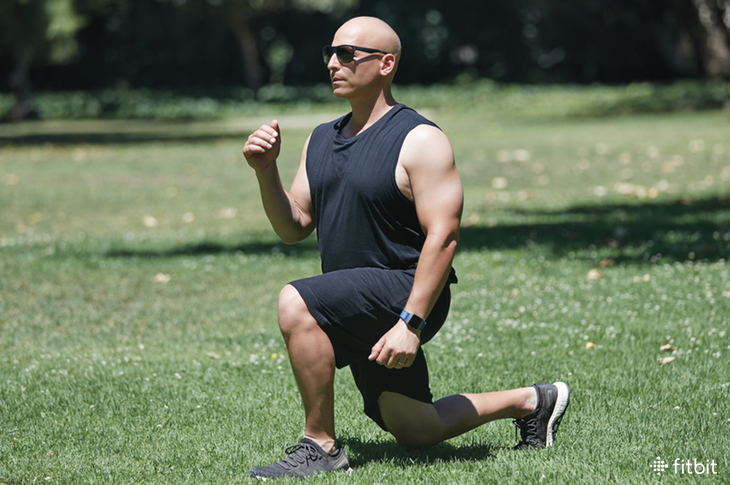
 We live anterior-dominant lifestyles; everything we do is in front of us: think picking up kids, pushing shopping carts, and lugging laundry up and down stairs. As a result, our anterior muscles (pectorals, biceps, quads) are overdeveloped, and our posterior muscles (back, glutes, hamstrings) are neglected.
We live anterior-dominant lifestyles; everything we do is in front of us: think picking up kids, pushing shopping carts, and lugging laundry up and down stairs. As a result, our anterior muscles (pectorals, biceps, quads) are overdeveloped, and our posterior muscles (back, glutes, hamstrings) are neglected.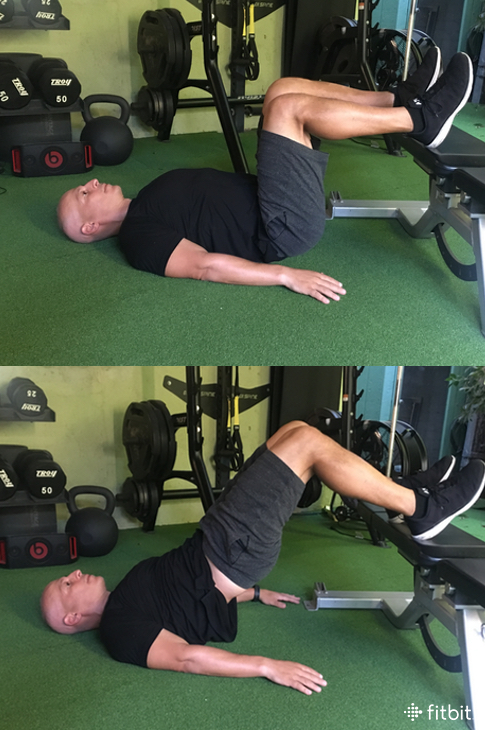
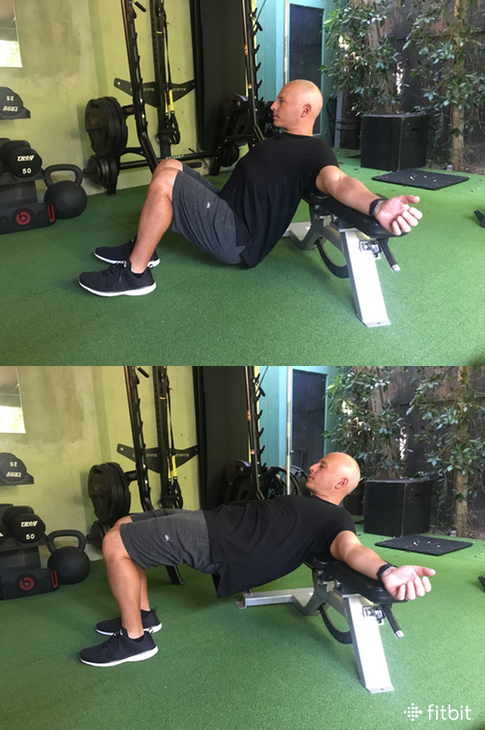
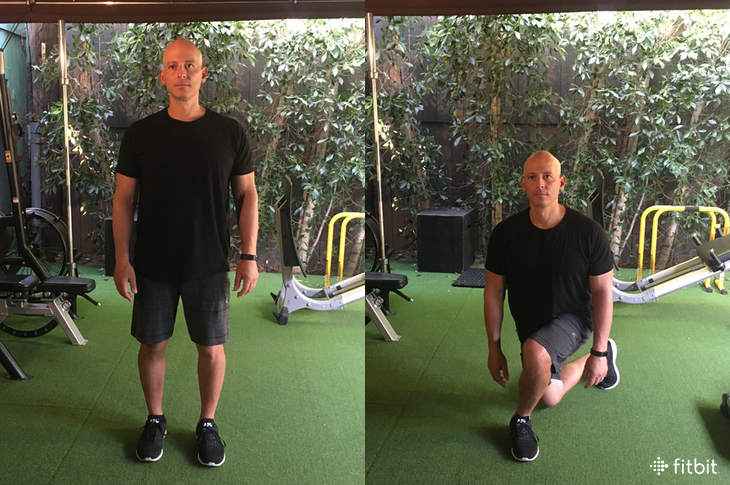
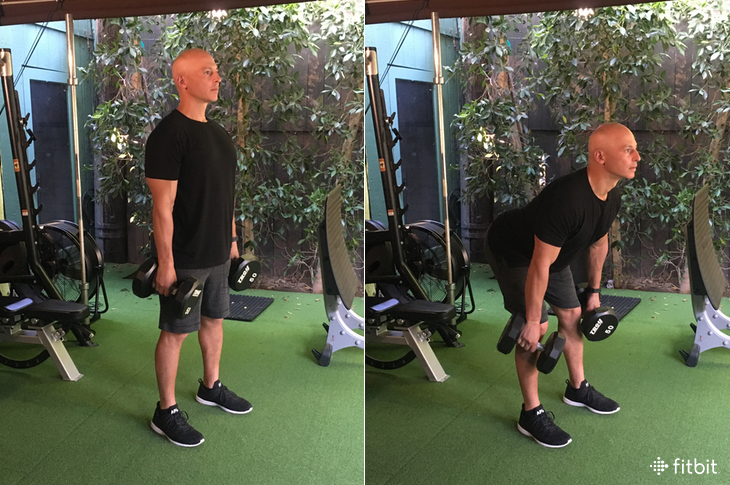 Stand with your feet shoulder width apart, a dumbbell in each hand in front of you, with your palms facing in toward the front of your thighs. Inhale and, bending at the waist but keeping your back straight, push your butt backward and slide the dumbbells down the front of your thighs. Push your hips back as far as you can, feeling a stretch in your hamstrings. When you can no longer push your hips any further back, slide your hips forward back to standing.
Stand with your feet shoulder width apart, a dumbbell in each hand in front of you, with your palms facing in toward the front of your thighs. Inhale and, bending at the waist but keeping your back straight, push your butt backward and slide the dumbbells down the front of your thighs. Push your hips back as far as you can, feeling a stretch in your hamstrings. When you can no longer push your hips any further back, slide your hips forward back to standing.